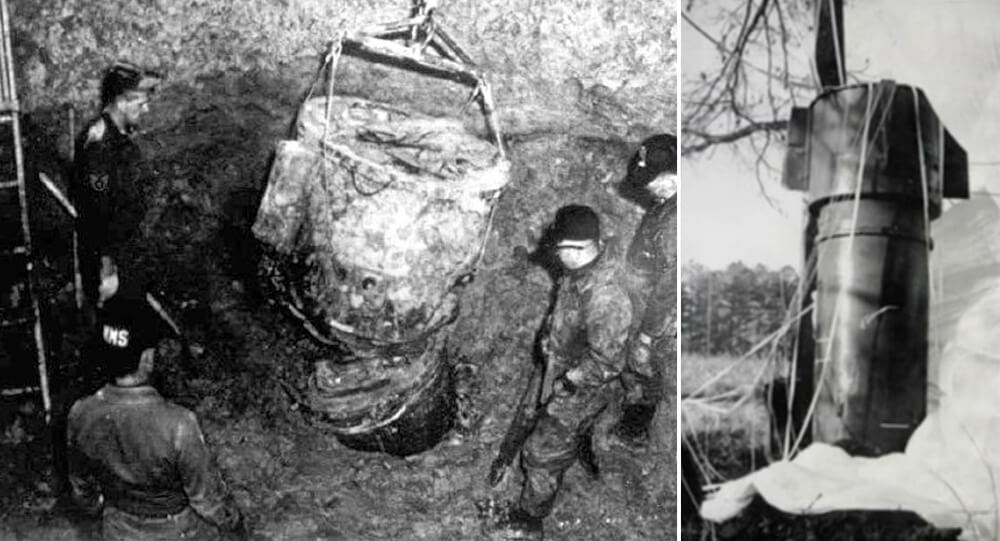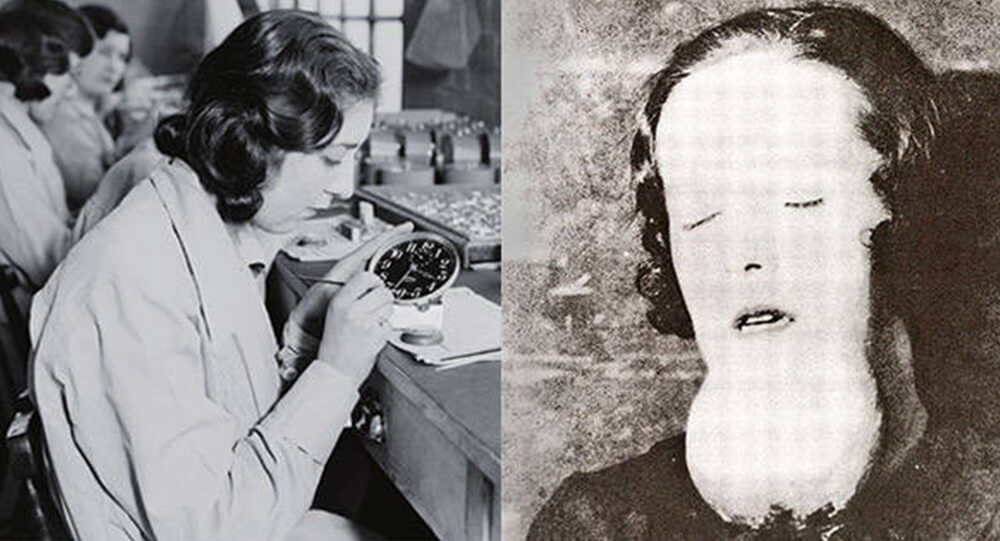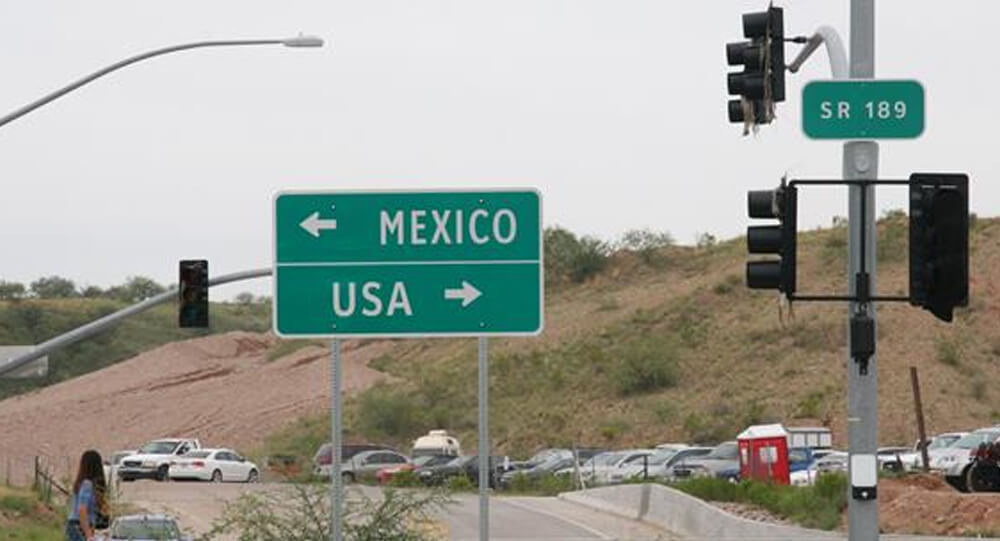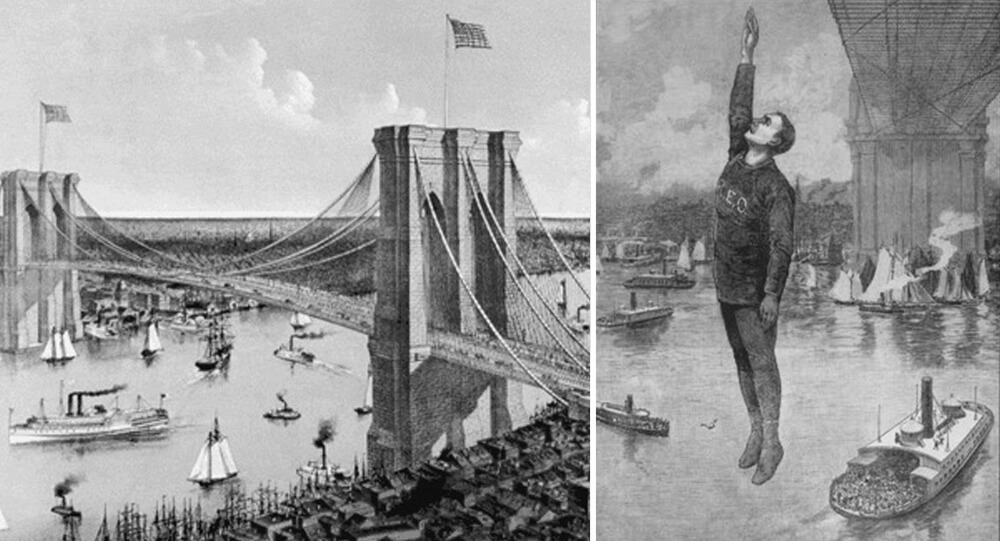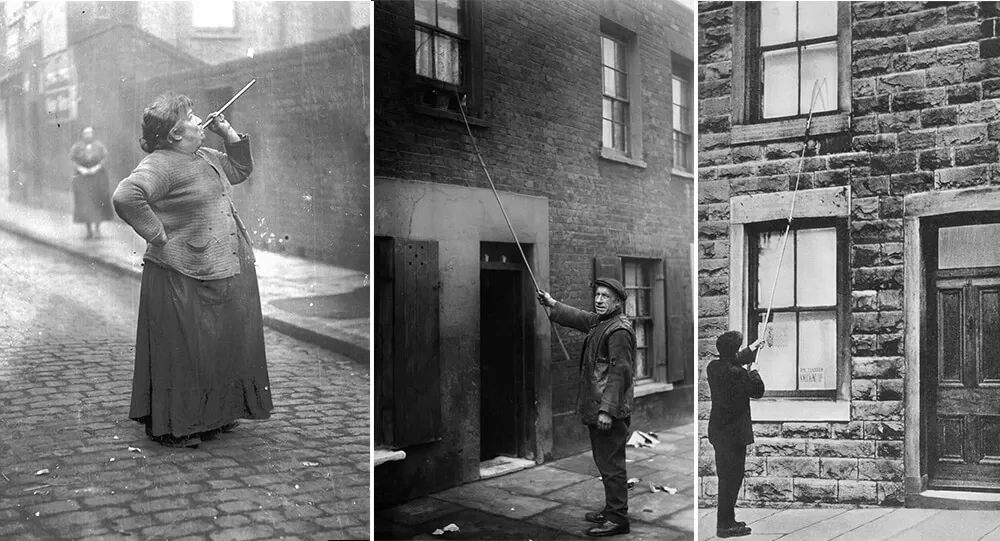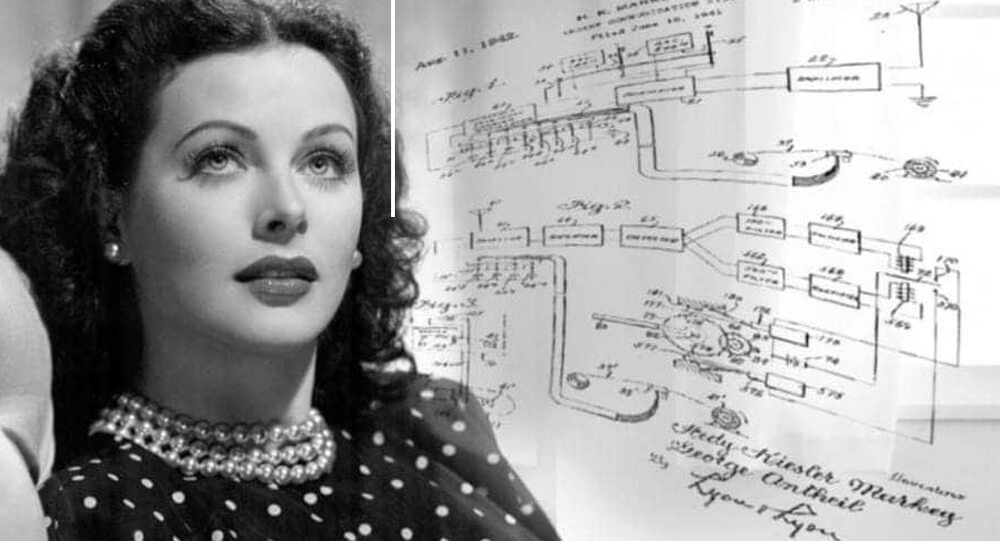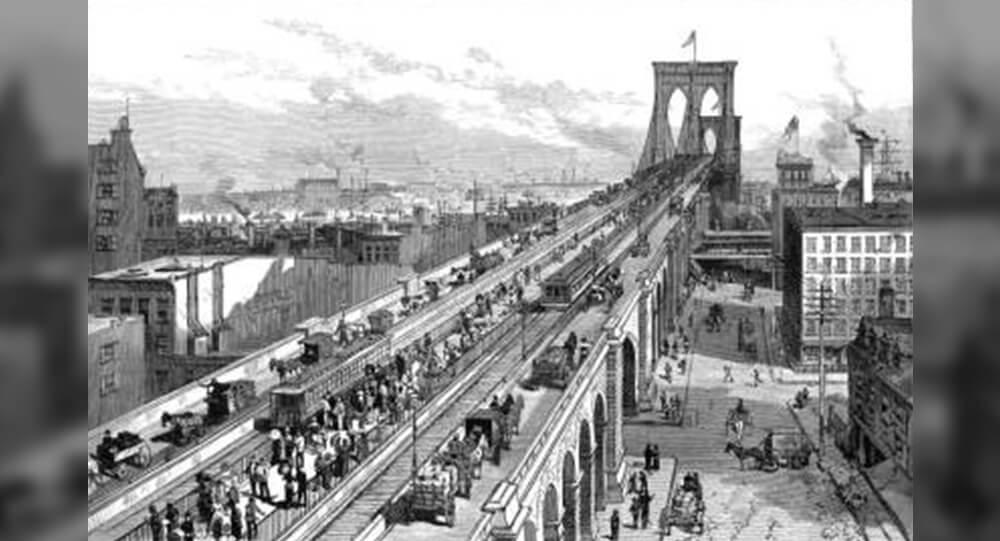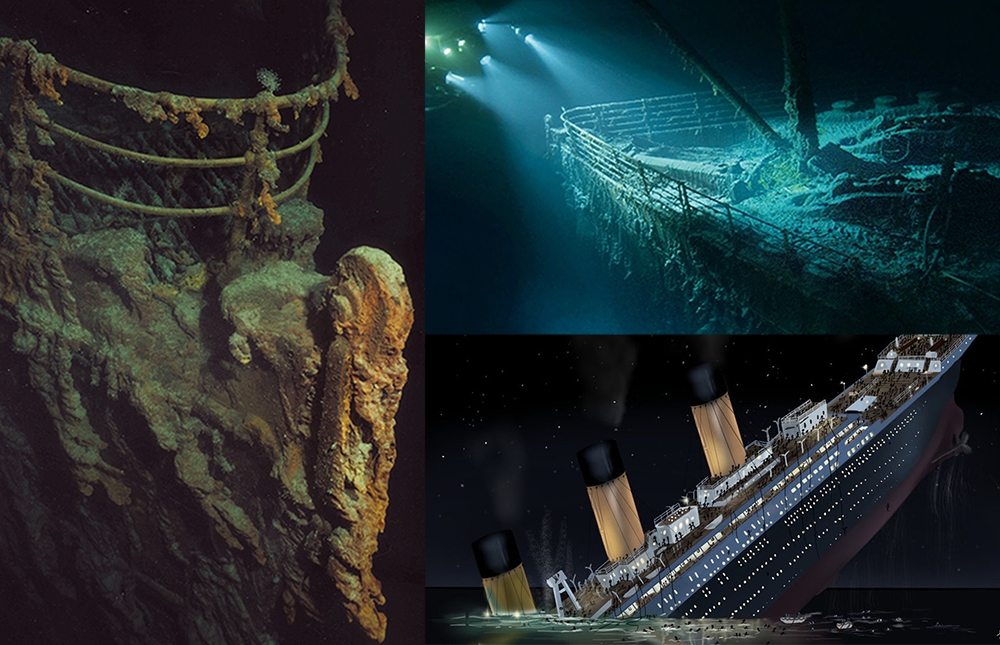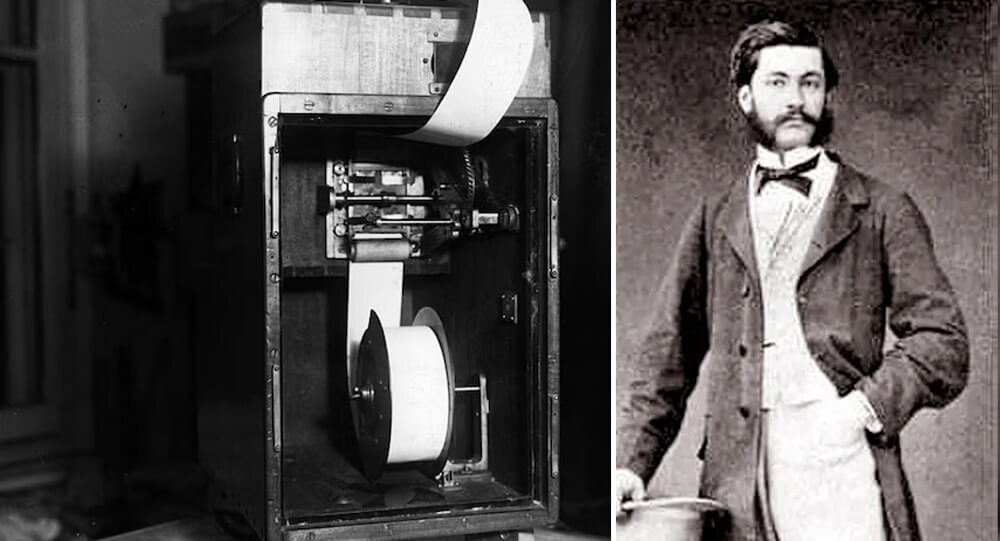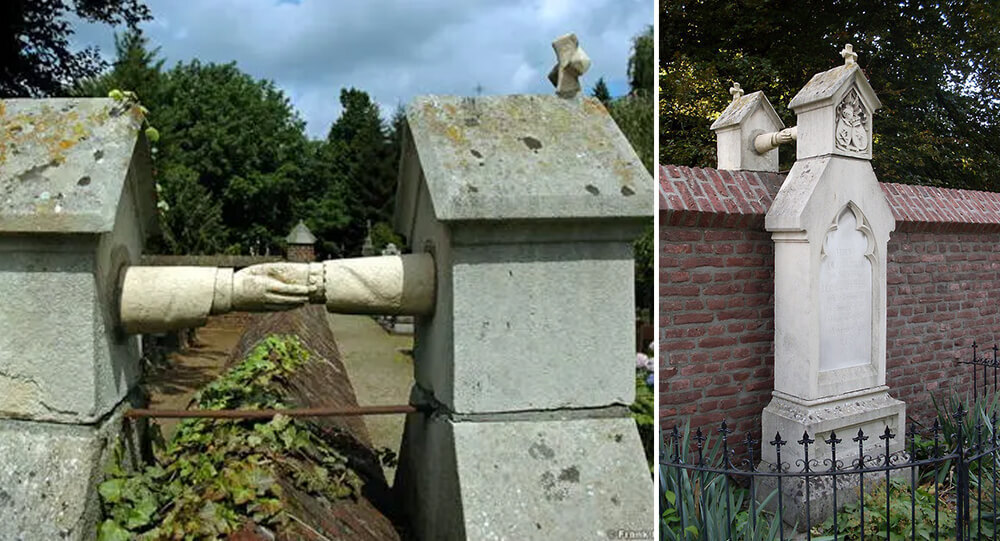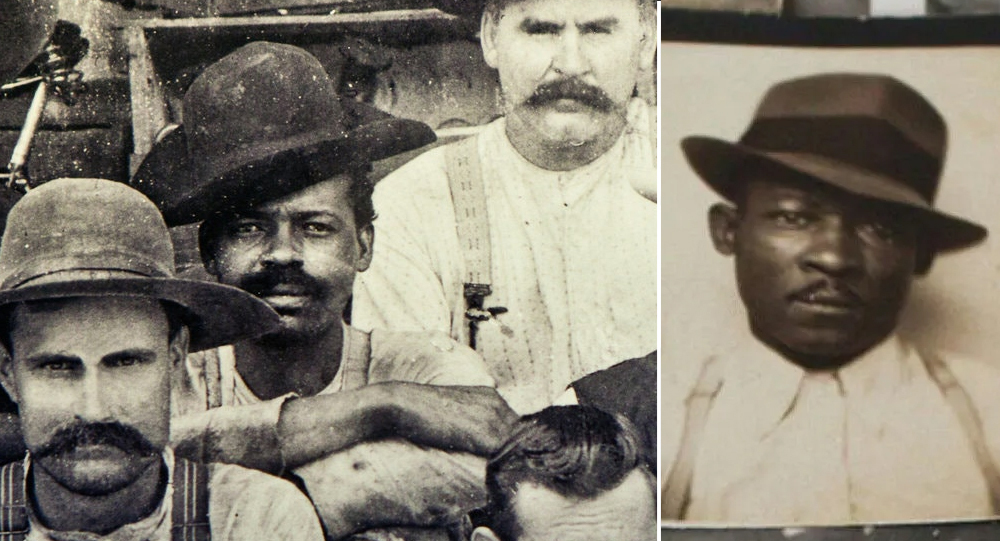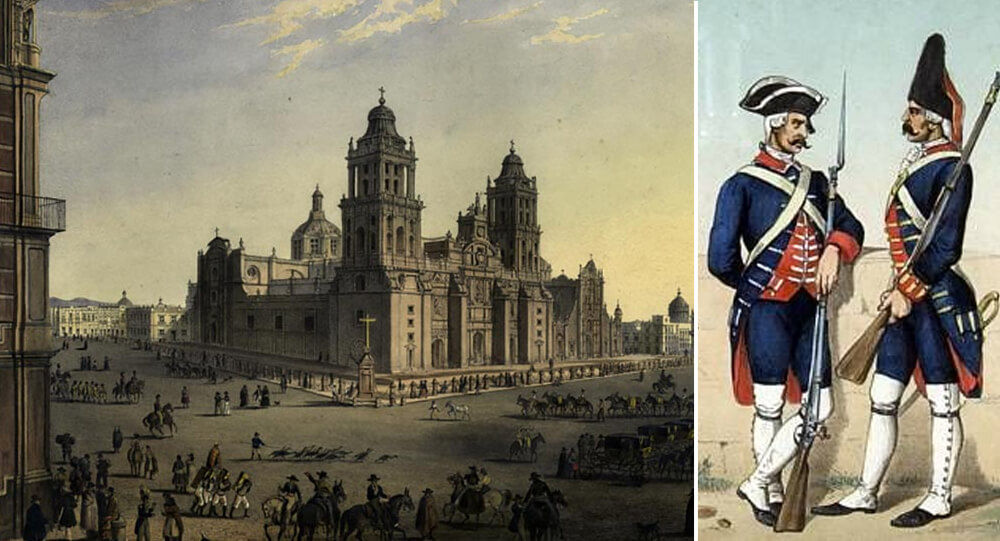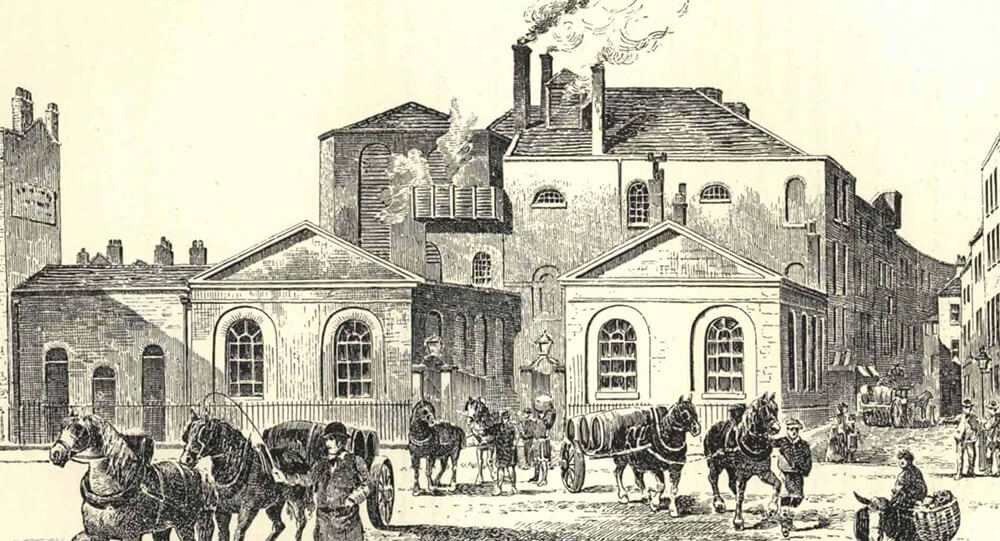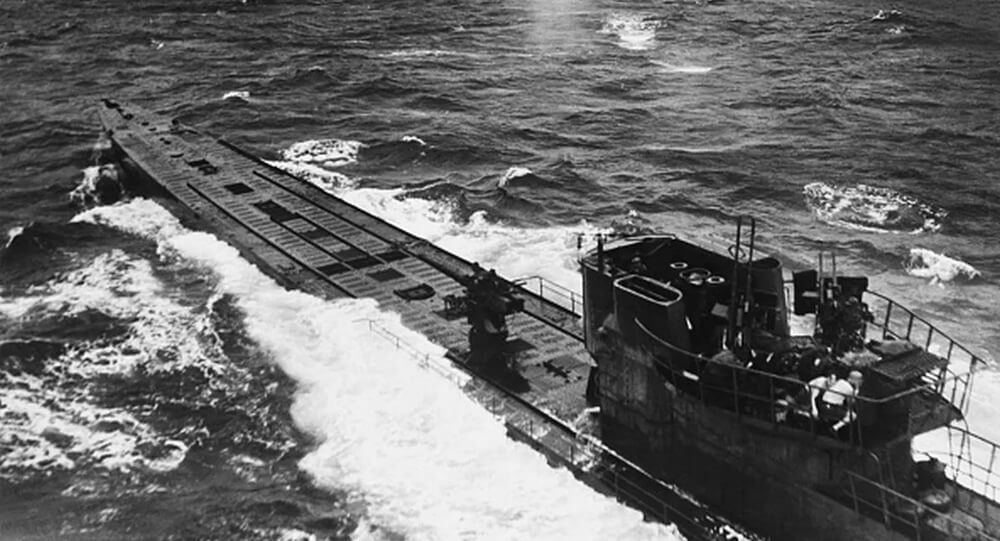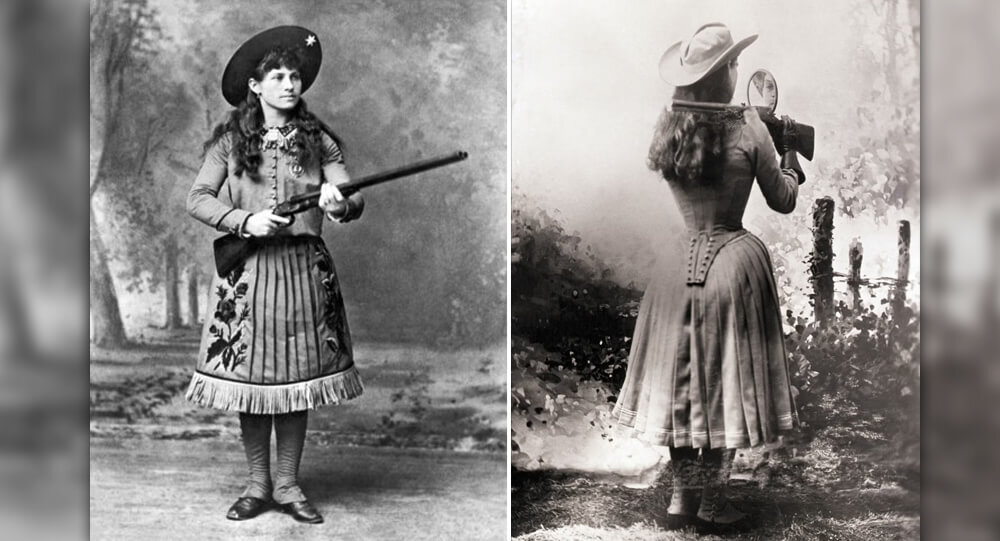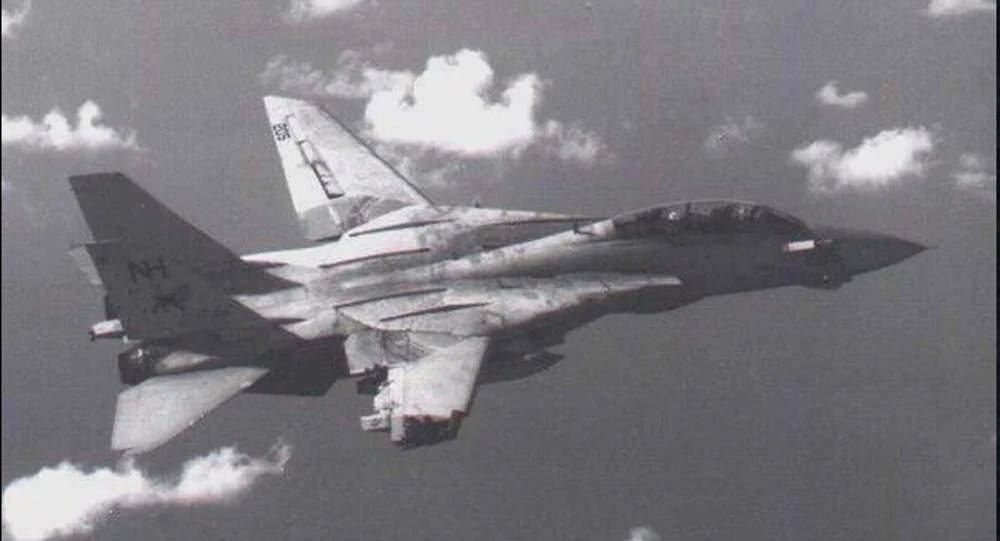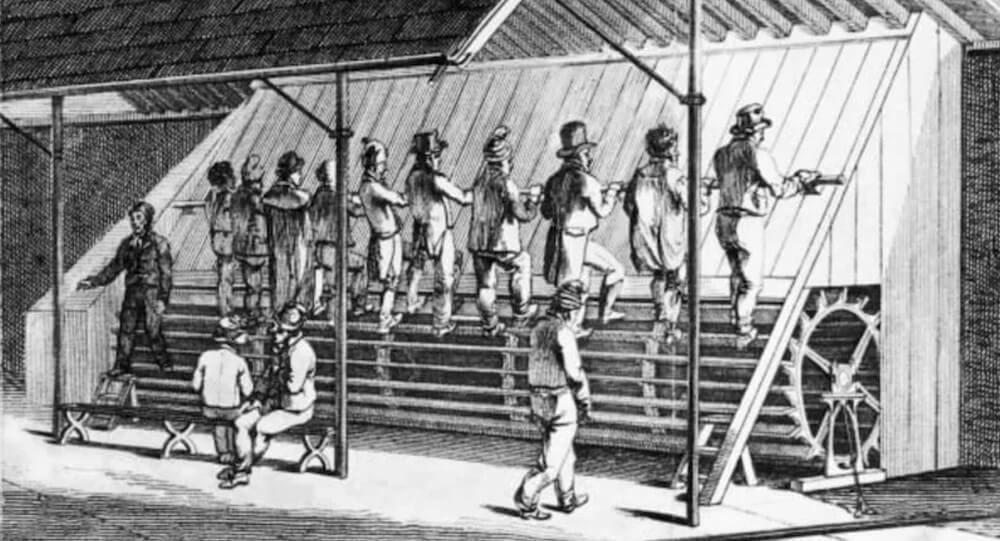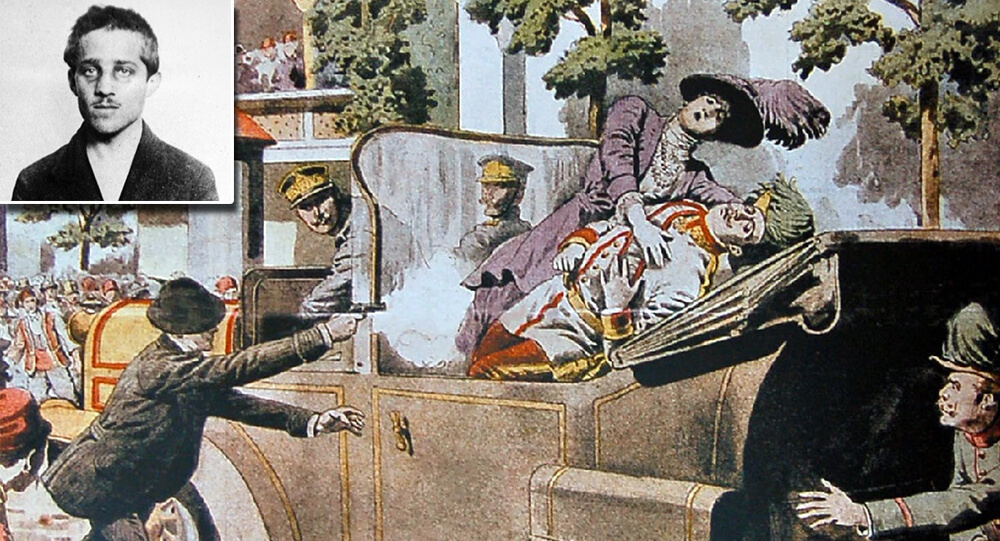
Since it ended, there has been discussion about the reasons behind World War I, or the Great War. Officially, Germany bore a large portion of the blame for the war’s four years of unprecedented carnage. However, a number of intricate factors contributed to the war, including a brutal assassination that sparked the biggest conflict Europe had ever seen.
Archduke Franz Ferdinand’s murder infuriated Austria-Hungary.
In June 1914, Austrian Archduke Franz Ferdinand and his wife Sophie paid a state visit to Bosnia, which had been annexed by Austria-Hungary.
The couple visited Sarajevo’s capital on June 28 to look over the imperial forces stationed there. They narrowly escaped death when Serbian terrorists threw a bomb at their open-topped car as they were traveling to their destination.
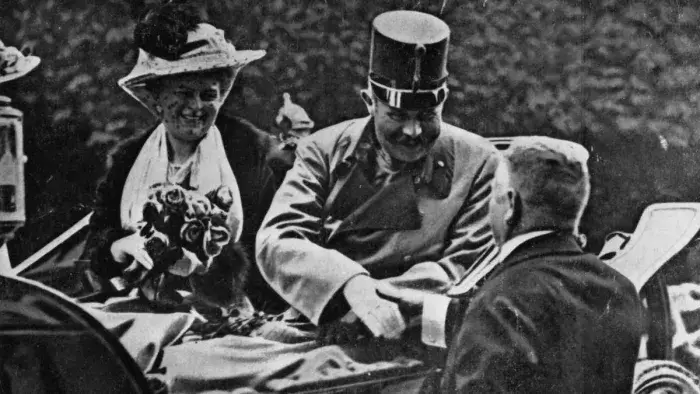
Later that day, however, their luck ran out when their driver unintentionally drove them past Gavrilo Princip, a 19-year-old Serbian nationalist who fatally shot Franz Ferdinand and his wife at point-blank range. On July 28, Austria-Hungary, shocked, and Germany supported its declaration of war against Serbia.
Within a few days, Germany invaded France via Belgium after declaring war on Serbia’s ally, Russia. This prompted Britain to declare war on Germany.
Imperialist expansion was fueled by a lack of industrial resources.
The desire of a state to expand its empire was not new in European history, but by the early twentieth century, the Industrial Revolution was in full force.
The need to control new lands and their natural resources, including oil, rubber, coal, iron, and other raw materials, was sparked by new industrial and manufacturing technologies.
Germany desired a larger share of the continents due to the British Empire’s expansion to five continents and France’s control of many African colonies. Countries formed alliances to position themselves for European dominance as tensions increased as they competed for position.
As nationalism increased, diplomacy suffered
Europe experienced a rise in nationalism during the 19th century. As people’s pride in their nation and culture grew, so did their desire to be free of imperial rule. However, in some instances, nationalism was fueled by imperialism as some groups asserted their superiority over others.
For example, after Germany dominated France in the Franco-Prussian War of 1870-1871, France lost money and land to Germany, which then fueled French nationalism and a desire for vengeance. This widespread nationalism is thought to be a major contributing factor to World War I.
When Princip, a member of a Serbian nationalist terrorist organization fighting against Austria-rule Hungary’s over Bosnia, assassinated Archduke Ferdinand and his wife during World War I, nationalism played a particular role in the conflict.
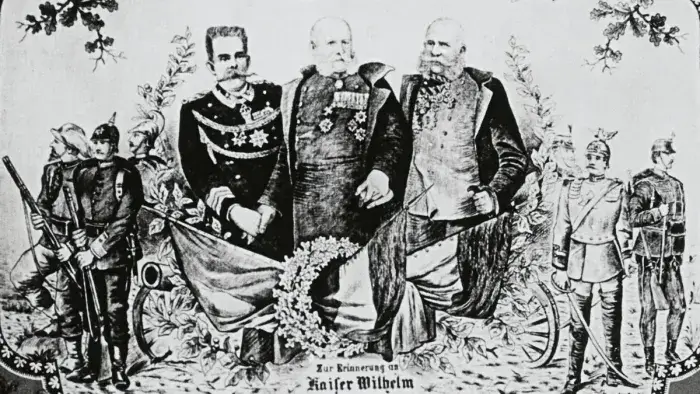
Entangled alliances created two competing groups
Germany and Austria-Hungary formed an alliance against Russia in 1879. Italy joined their alliance (The Triple Alliance) in 1882, and in response, Russia allied with France in 1894.
The Triple Entente was established in 1907 by France, Russia, and Great Britain as a means of defense against the growing threat posed by Germany. The Central Powers, which included Germany, Austria-Hungary, and Italy, and the Allies, which included Russia, France, and Britain, soon divided Europe into two groups.
Though not every alliance was set in stone—Italy later switched sides—as war was declared, the allied nations encouraged one another to fight and uphold their treaties. By the end of August 1914, the so-called “entangled alliances” had led to the spread of what should have been a localized conflict to all of Europe’s major powers.
Militarism sparked an arms race
Many European nations strengthened their militaries at the beginning of the 20th century and were prepared to use them. The majority of the European powers, who were engaged in an arms race and had military draft systems, were methodically building up their war chests and honing their defensive tactics.
France, Russia, Britain, and Germany all saw significant increases in their defense budgets between 1910 and 1914. But at the time, Germany was by far the militarist nation in Europe. It had massively increased its military spending by 79 percent by July 1914.
Additionally, Germany and Britain were engaged in a clandestine naval conflict. As soon as the British Royal Navy created the first Dreadnought battleship, which could outgun and outrun any other battleship in existence, they doubled their naval battle fleet. Not to be outdone, Germany built its own fleet of Dreadnoughts.
The European powers were not only ready for war when World War I broke out; some even looked forward to it as a way to advance their international standing.
Despite the fact that Austria-Hungary struck first after the assassination of Archduke Ferdinand, all the other European powers quickly lined up to defend their alliances, maintain or grow their empires, and show off their military strength and national pride.

Nuclear bomb accidentally dropped on North Carolina in 196
4 January 1961: The 4241st Strategic Wing's Boeing B-52G-95-BW Stratofortress, serial number 58-0187, was on a 24-hour airborne alert mission off the United States' Atlantic Coast.

Reason Behind The Suicide Of Christine Chubbuck Live On Air
Actor Rebecca Hall had serious reservations about tackling the macabre story around why Chubbuck killed herself in 1974. So what changed her mind?

The true story Of The Radium Girls that change US labor laws
Hundreds of young women worked in clock factories during World War I, painting watch dials with luminous radium paint. The company lied about the risk of radiation, claiming there was no danger, which resulted in the death of the young women.

Underground Railroad to Mexico freed thousands of slaves in 1829
Slavery was abolished in Mexico in 1829. Slaves were escaping to Mexico, and slaveholders in the US were aware of this. The US attempted to get Mexico to sign a fugitive slave treaty, which would have required Mexico to send back escaped slaves to the US. But, Mexico refused, arguing that slaves were free as soon as they set foot on Mexican soil.

Robert Odlum, the first person to jump off the Brooklyn Bridge
The first person to jump off the Brooklyn Bridge was a professional high diver who "wanted to demonstrate that people did not die simply by falling through the air, thus encouraging people to be willing to jump from a burning building into a net." He proved himself correct by safely falling 135 feet through the air and dying only when he hit the water.

Knockers-up: waking up the Industrial Britain's Workers in 1900-1941
Before alarm clocks were invented, there was a profession called a knocker-up, which involved going from client to client and tapping on their windows (or banging on their doors) with long sticks until they were awake. It lasted into the 1920s.

Hedy Lamarr, A Hollywood actress who also a mathematician and inventor
Hollywood actress Hedy Lamarr was also a mathematician and the inventor of frequency hopping spread spectrum, a technology still used for bluetooth and wifi

Why the Brooklyn Bridge Was Once Crossed by 17 Camels and 21 Elephants
On May 30, 1883, a rumor that the Brooklyn Bridge was going to collapse caused a stampede, which killed at least at twleve people. To prove the bridge was safe, P.T. Barnum led a parade of 21 elephants over it.

8 Interesting Facts About The Unsinkable Ship, TITANIC
If you ask your friends what's the most famous ship in history the answer in most cases will be the same, of course the legendary Titanic. Its history is full of mysteries, at first it was a source of hope and national pride as well as proof of the triumphs of mankind but it soon became a source of nostalgia and pain, the extent of which cannot be described in words.

The Littlest Skyscraper: How J.D. McMahon’s 480-Inch Con Fooled Investors in 1919
In 1919, J.D. McMahon convinced investors to fund a 480-foot skyscraper, but he labeled the plans as 480 inches, building a 40-foot structure instead. After taking $200,000, he won in court since the plans matched what he built.

Louis Le Prince Invented the motion picture camera, and then he mysteriously disappeared
Louis Le Prince, the inventor of motion pictures, vanished without a trace in 1890. Thomas Edison quickly claimed the title of "first and sole inventor of cinema," even taking Le Prince's son to court to dispute it. A few years later, the son also dies under mysterious circumstances.

Mother who spent entire life savings for daughter’s cancer treatment won the lottery
A mother won $2 million from a $10 scratch-off lottery ticket after she spent all of her entire life savings to pay her daughter’s cancer treatment. She bought the winning ticket after her daughter’s last cancer treatment.

Graves holding hands over wall, A Catholic woman and her Protestant husband grave
A protestant man and a Catholic woman who weren't allowed from being buried together in a graveyard in 19th-century Holland turned their graves into a monument showing them holding hands across the wall separating them.

Nearest Green, America's first known Black master distiller
Nathan "Nearest" Green was an African-American head stiller who is now more frequently referred to as a master distiller. He was renowned for imparting his distilling knowledge to Jack Daniel, the creator of Jack Daniel's Tennessee whiskey distiller, after Jack Daniel was freed from slavery following the American Civil War.

Did Gil Pérez Really Teleport from Manila to Mexico Overnight? The 1593 Mystery
On October 24, 1593, while performing his guard duties at Manila's Governor's Palace in the Philippines, Gil Perez stopped to lean against a wall and sleep for a while. He opened his eyes to find himself in an unusual environment. Gil was in the Plaza Mayor in Mexico City. They imprisoned Perez, but the authorities in Mexico City decided to release him and return him home.

The 1814 London beer flood
In 1814, there was a beer flood in London when a tank containing more than 300,000 gallons ruptured in which 8 people drowned.

Max Headroom Incident: America’s Creepiest TV Hack
In 1987 a man hijacked a television station during an episode of Dr. Who and wore a Max Headroom mask and uttered nonsense, and he still hasn’t been caught

The Tragic Story Of Mary Ann Bevan, The ‘Ugliest Woman In The World’
After the death of her husband, Mary Ann Bevan had no income to support herself and her children. She then decided to enter a contest where she won the title of “ugliest woman” and was later hired by a circus. She endured this ridicule from the world to provide for her family.

The Amazing Truth About The German U-Boat That Was Sunk By A Toilet
During WWII, a German captain and an engineer flushed the submarine's high-tech toilet incorrectly, causing the vessel to rapidly fill with water. British planes patrolling the sea attacked them as the submarine was brought to the surface. While many members of the crew were killed in the attack, the captain escaped!

The unbroken seal on King Tutankhamun's tomb until 1922
The unbroken seal of Tutankhamun's tomb before it was opened in 1923, it was unbroken for over 3000 years.

The true story of Annie Oakley, legendary sharpshooter
Anne Oakley was such a good shooter that she could split a playing card help edge-on, hit dimes thrown into the air, shoot cigarette from her husband's lips, and pierce a playing card thrown into the air before it hit the ground.

Top 10 Greatest and shocking Archaeological Discoveries of All Time
While we're all locked at home, there's no better way to escape to another time and place than to learn about amazing archeological sites and discoveries from around the world. Here are the 10 greatest and shocking archaeological discoveries —and don't be shocked if they inspire future trip plans whenever it's safe to do so again.

Remembering the miracles of the 1985 Mexico earthquake (unbelievable stories)
In 1985, after an 8.0 magnitude earthquake hit Mexico City, nearly all newborn babies survived a collapsed hospital. They are known as “Miracle Babies” for surviving 7 days without nourishment, water, warmth or human contact.

The Day an Israeli F-15 Landed with One Wing: Zivi Nedivi’s Unbelievable Mid-Air Survival
Discover the astonishing true story of Israeli pilot Zivi Nedivi, who safely landed an F-15 after a mid-air collision tore off its entire right wing. Learn how skill, quick thinking, and the F-15’s unique design turned a disaster into a legendary feat in aviation history

History of Treadmill, punishment for prisoners
Treadmills were originally a punishment used to harness human power on a giant wheel used to grind grains, hence the name "treadmill." The History of Treadmill

